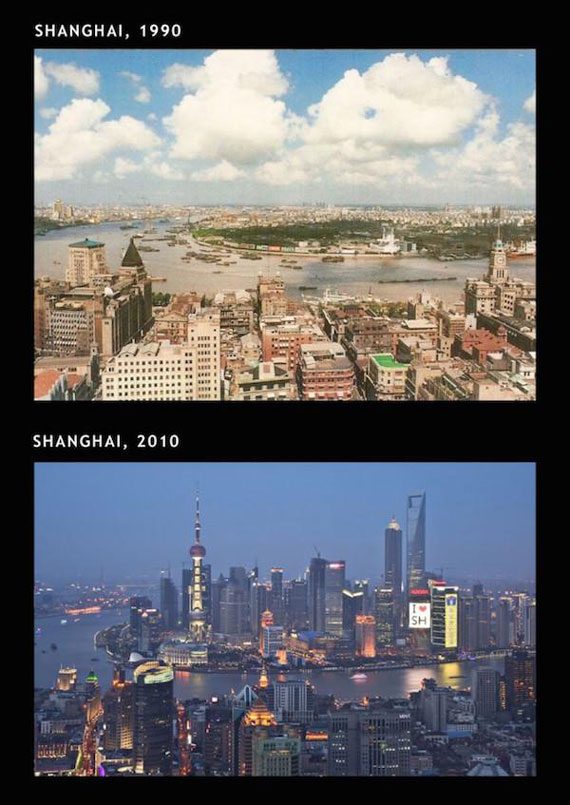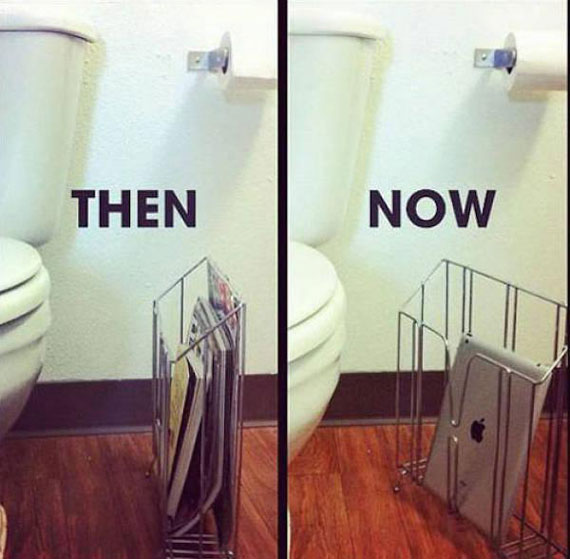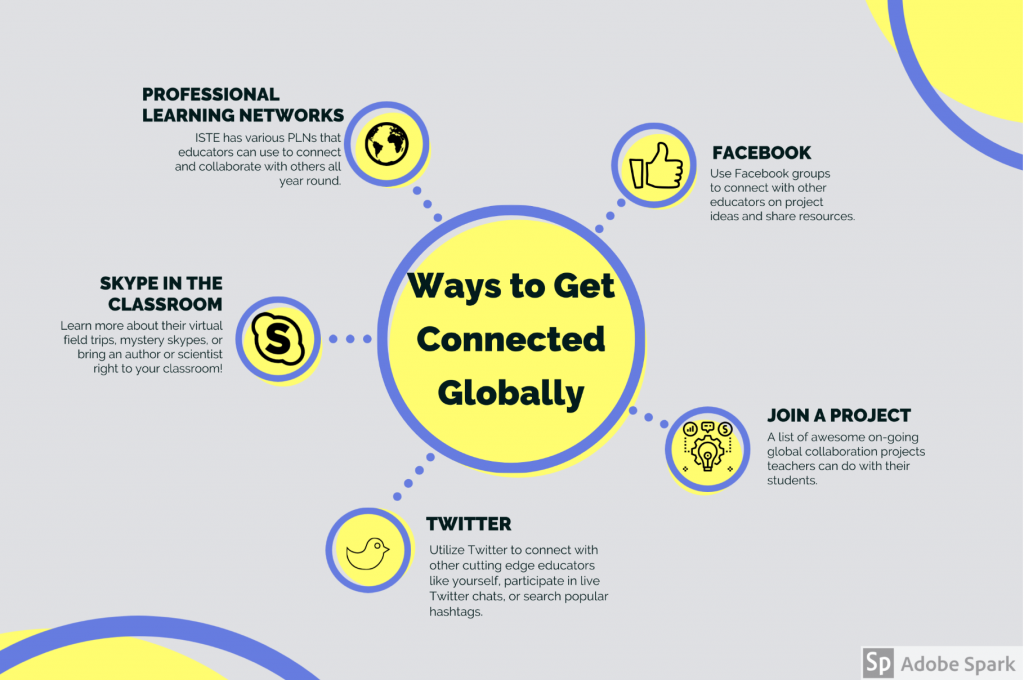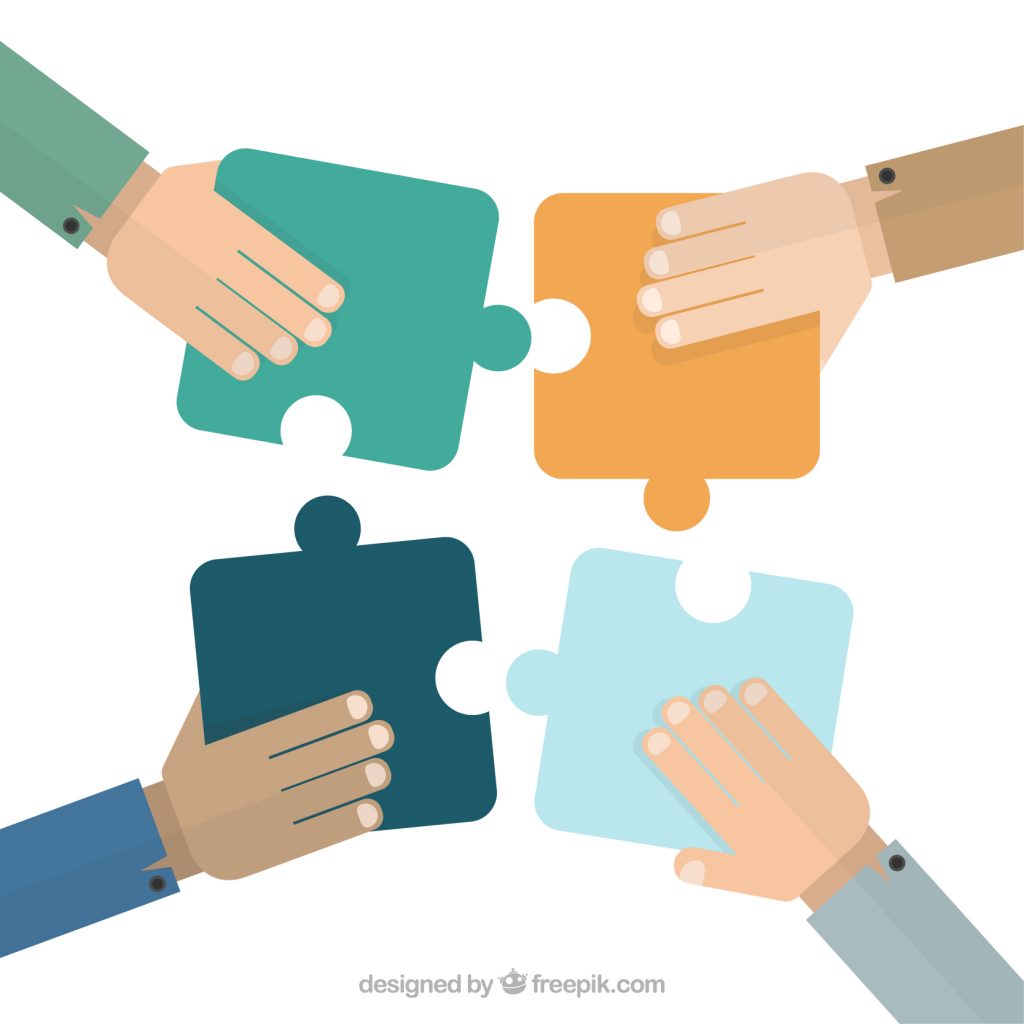How to Harness the Power of Global Collaboration
Back in 3rd grade, I had a pen pal. I remember the thrill of getting a letter in the mail and tearing it open to find some girly stationery, most likely covered in stickers and written in gel pen (you guys know what I’m talking about, right?). Third-graders today have no need to hand-write a letter and wait the subsequent weeks to hear back. With the increase in technology and accessibility to devices, students can now participate in a digital world and communicate with others in a plethora of ways (i.e. “liking” a Facebook picture, retweeting someone on Twitter, archiving their style and interests on Pinterest). I think we should take a minute to recognize how far we have come in such a short amount of time. Check out the following “Then and Now” pictures from Bored Therapy. Technology is no exception!
Then and Now…



When I think of my education I think of trifold poster board projects and writing 5 paragraph essays. I knew that the only people seeing my work was my teacher, and perhaps my classroom peers if there was some sort of presentation required. Now students have the ability to create digital presentations that would have blown my little third-grade mind…. digital storytelling, podcasts, green screen videos. Look at how far we’ve come! However, not only can we create some pretty cool stuff, but with the advancement of technology we can also connect, collaborate, and share our work with people all around the world.
The International Society for Technology in Education (ISTE) Student Standard 7 outlines benchmarks we can strive for when it comes to being global collaborators.
Global Collaborator
Students use digital tools to broaden their perspectives and enrich their learning by collaborating with others and working effectively in teams locally and globally.
- 7a Students use digital tools to connect with learners from a variety of backgrounds and cultures, engaging with them in ways that broaden mutual understanding and learning.
- 7b Students use collaborative technologies to work with others, including peers, experts or community members, to examine issues and problems from multiple viewpoints.
- 7c Students contribute constructively to project teams, assuming various roles and responsibilities to work effectively toward a common goal.
- 7d Students explore local and global issues and use collaborative technologies to work with others to investigate solutions.
So why should we be global collaborators? Think of how this standard can transform our student’s educational experiences. With the help of technology, students can now experience the world through virtual field trips, learn from field experts through skype, and collaborate with students from around the world subsequently improving their communication skills and increasing their knowledge of other cultures. We have moved miles past trifold poster displays. How much do you remember from 3rd grade? Having opportunities like the ones mentioned above, like skyping a scientist or author, are educational moments our students will not easily forget. We can increase student empowerment by giving them the tools to create powerful displays of their learning and increase student motivation when they know they are sharing their work with an authentic audience online.
SAMR
SAMR is a model designed to help educators infuse technology into their instruction, ultimately redefining what learning looks like by giving students opportunities once not possible. The letters in SAMR stand for substitution, augmentation, modification, and redefinition and describe four levels of technology integration. These four levels give an idea of how technology can be used in the classroom to simply enhance instruction or ultimately transform educational tasks with the help of technology.
Educators have the opportunity to reach the upper echelon of the SAMR model by giving their students the tools they need and the chance to be global collaborators. But how do teachers make this happen?
Ways to get connected globally:

Professional Learning Communities
- The International Society for Technology in Education (ISTE) has various Professional Learning Networks (PLNs) that educators can use to connect and collaborate with others all year round (membership required). They specifically have one for global collaboration. Check it out here!
Skype in the Classroom
Were educators can find…
- Virtual field trips
- Mystery skypes/cultural exchanges with another classroom
- Guest speaker sessions
- Collaborative projects
- Themed collections of live lessons
- Special events and live activities like hearing from a famous author
Check it out here.
- Find people to follow who have similar interests
- Check out Twitter Chats and participate in a live conversation on a specific topic
- Check out the following hashtags to get connected with global collaboration opportunities: #globaled #globaledchat #globalclassroom #edchat #flipgridfever #flipgridpals #skype2learn
Join a Project
Amanda Lanicek, Amy Jambor, and Anne Mirtschin shared an excel sheet in their presentation at ITSE 2018 that lists on-going global collaboration projects teachers can do with their students. Take a look at this amazing resource here.
Facebook Groups
For example, go search “Global Classroom Collaborations” on the group section of Facebook. This group has over a thousand members and is a place where you can post your project ideas and network with other educators.
Tools to collaborate:
Once you’ve networked and found other educators and classrooms to partner with, check out the following tools to help you collaborate.
1. Flipgrid
- Use short student-produced videos in order to share ideas back and forth between learners.
2. Voice Thread
- A great knowledge sharing tool where students can upload pictures in a presentation and voice record commentary over them. Students can demonstrate learning, give feedback to others and collaborate digitally.
- A collaboration tool where students can create new communities of learners via video conference calls no matter where they live.
4. Google Slides or Microsoft PPT
- Students can work in the same PPT together to share information or work on a project.
5. Kidblog
- A safe blogging platform for students.
- Can connect and “follow” other classrooms to give students an authentic audience or collaborate on a global project together.
6. Explain Everything’s Shared Whiteboard
- Interactive whiteboard where students can collaborate in real-time.
- Participants can insert pictures, videos, and files.
- Voice and screen recording possible to give feedback.
7. Padlet
- A real-time bulletin board where students can collaborate by sharing comments, pictures, videos, weblinks, etc.
I implore you, ditch the dioramas and tri-fold posters and instead check out some of the resources above and try them out in your classrooms. There is never a better time than now. If we are brave and give ourselves the time and space to advance our craft, we can have a huge impact on this young generation. Let us work hard to harness the power of technology in order to redefine and transform our classrooms, giving our students the opportunity to be global collaborators and create powerful learning experiences they will not forget.
Resources
Carlson, Tom (n.d.). These 18 Stunning Then-And-Now Photos Show Just How Much Things Have Changed. Boredom Therapy. https://boredomtherapy.com/then-and-now-photos/
ISTE Standards for Students. (n.d.). Retrieved from https://www.iste.org/standards/for-students
Jambor, Amy, Lanicek, Amanda & Mirtschin, Anne (2018, June 26). Top Tools for Global Collaboration [PowerPoint slides]. ISTE. https://docs.google.com/presentation/d/18q9aLh-gJFQYz2JL-SbVjmvbPD99rNjm-w4vwux8eJY/edit#slide=id.g3c9dcac7d1_0_215
Spencer, John. (2015, November 3rd). What is the SAMR Model and what does it look like in schools? [Video]. YouTube. https://www.youtube.com/watch?v=SC5ARwUkVQg

2 Comments
Megan
I love how you connected your own learning to what students can do now. It is so powerful to think about how we collaborated and shared our work to what students are able to do in the classroom now. I couldn’t agree with you more that the more we can empower our students and provide opportunities for them to collaborate globally the more we will create experiences that students will not forget. You captured the idea of global collaboration just perfectly. Thank you for sharing!
Sarah Straume
I really like that you compared the way in which we used to learn versus what students can learn now! It is wild to think how far we have come even in the past 10 years and to think of the possibilities in the next 10. I also love that you have so many resources. Great post, thank you for sharing!